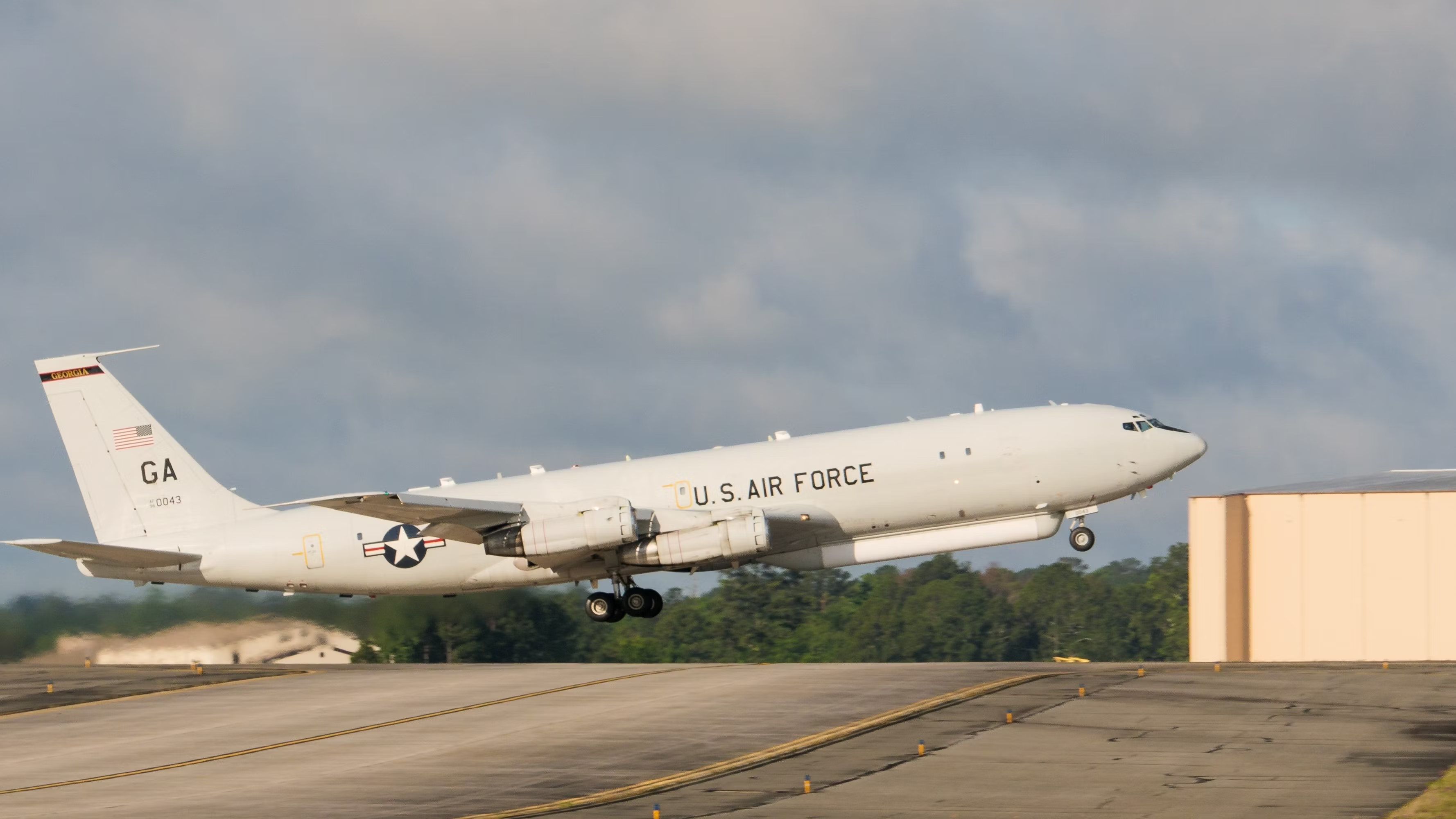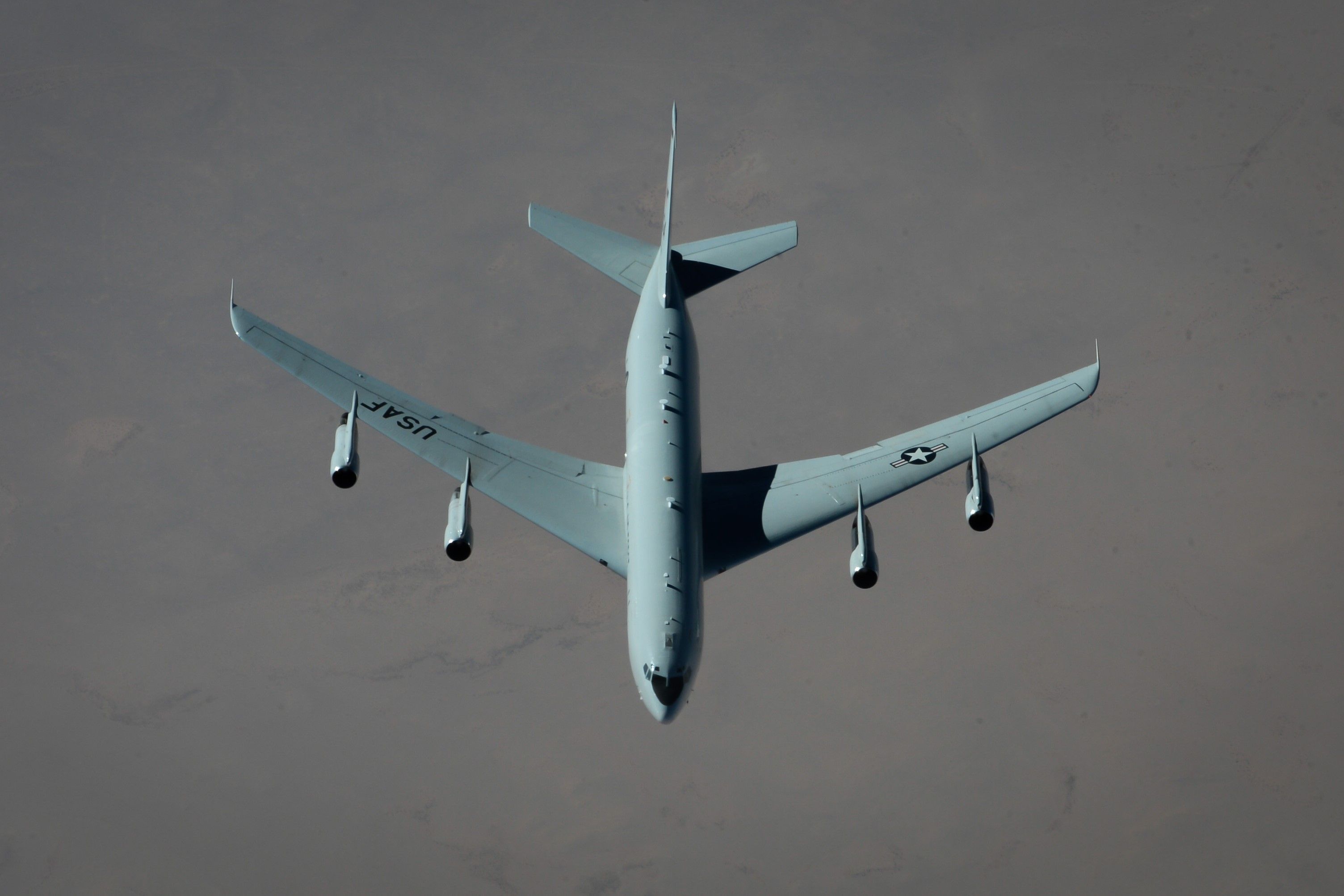Summary
- The United States Air Force has announced the retirement of its E-8C Joint STARS aircraft after more than two decades of service.
- The E-8 aircraft, a modified Boeing 707 airliner, was equipped with radar and communication systems.
- Plans for a replacement aircraft were initially considered, but in 2019, funding for the project was redirected.
The United States Air Force recently announced the end of the operational service for its E-8C Joint Surveillance Target Attack Radar System (Joint STARS). The 116th Air Control Wing, stationed at Robins Air Force Base, released a statement about the end of its operation, reading,
“After twenty-two years of dedicated service, the E-8C JSTARS aircraft has flown its last operational mission. The E-8C JSTARS has played a vital role in countless operations, supporting troops and safeguarding nations. Thank you to the many members that enabled this mission to be a success over the last two decades.”
Unique adjustments to an airliner
In the late 1970s, both the United States Army and Air Force developed separate programs looking for technology to detect and locate enemy positions. A few years later, these two programs were merged to be led by the USAF. Grumman Aerospace was awarded the program contract in 1985 to develop two E-8A aircraft.
The E-8 aircraft is a modified Boeing 707 commercial airliner. This aircraft carries various systems that assist it in battle management, including radar, communications, and control subsystems.
Underneath the fuselage is a large radome holding one of its active radar systems, the APY-7. This radar system can track 600 targets simultaneously at over 152 miles. It can also cover a field of view over 19,000 square miles.
The E-8’s radar capabilities were able to produce radar maps of the ground and track the movement of vehicles over a large area. Additionally, the Joint STARS aircraft has a mission flight time of over 9 hours but can be refueled in flight to extend this even further. The aircraft was designed to respond quickly and effectively when called upon.
Operating for over twenty years
Two initial E-8A aircraft were introduced to the USAF in 1991. These examples were both deployed for use in Operation Desert Storm, flying 49 combat sorties for over 500 combat hours. These same aircraft would also be utilized in Operation Joint Endeavor in December 1995. Over 1,000 combat hours were flown during this operation. The USAF’s E-8 fleet would continue to be used throughout the 2000s.
Photo: USAF
Multiple E-8 variants would be produced until 2005. A total of 17 Joint STARS aircraft were built and operated by the USAF. Notably, after 9/11, the fleet of Joint STARS flew more than 130,000 combat hours. Its last operation occurred more recently, during the Russian invasion of Ukraine in 2022. The aircraft monitored military activity in Eastern Europe until February 2022. The USAF began actively retiring examples shortly after and announced plans to retire all aircraft during 2024.
Next generation aircraft
As the E-8 aircraft airframes got older, the USAF began to analyze potential alternates for its next-generation aircraft. A study in 2012 recommended another modified business jet to replace the Joint STARS. A formal plan was revealed by the USAF in 2014, which was called the Joint STARS Recap, and planned for a new aircraft to be operating by 2022.
However, in 2019, it was revealed that the USAF would not move forward with a replacement aircraft. Instead, funding for the project would be diverted to the Advanced Battle Management System program.

